Rain gardens are not just functional solutions for managing stormwater runoff; they can also be stunning showcases of natural beauty and biodiversity. By incorporating flowers into rain garden designs, you can enhance their aesthetic appeal while providing essential habitat for pollinators and other wildlife. In this guide, we’ll explore the art of blending floral elegance with water wisdom by incorporating flowers into rain garden designs for effective water management and ecological enhancement.
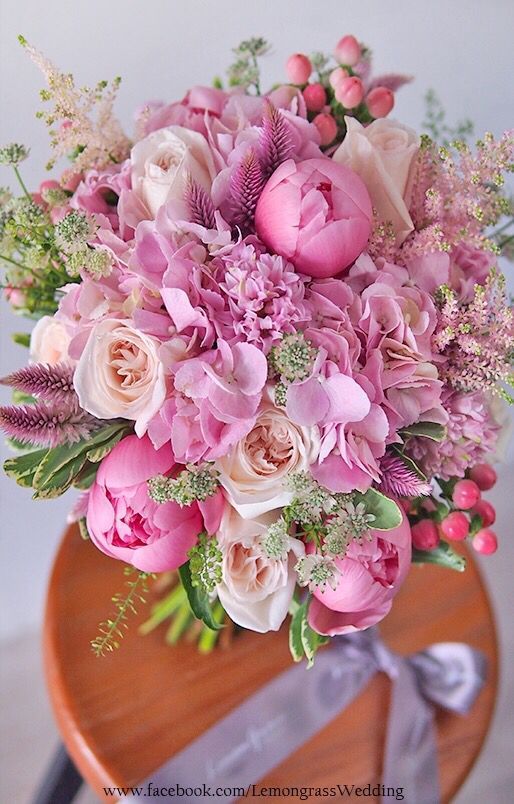
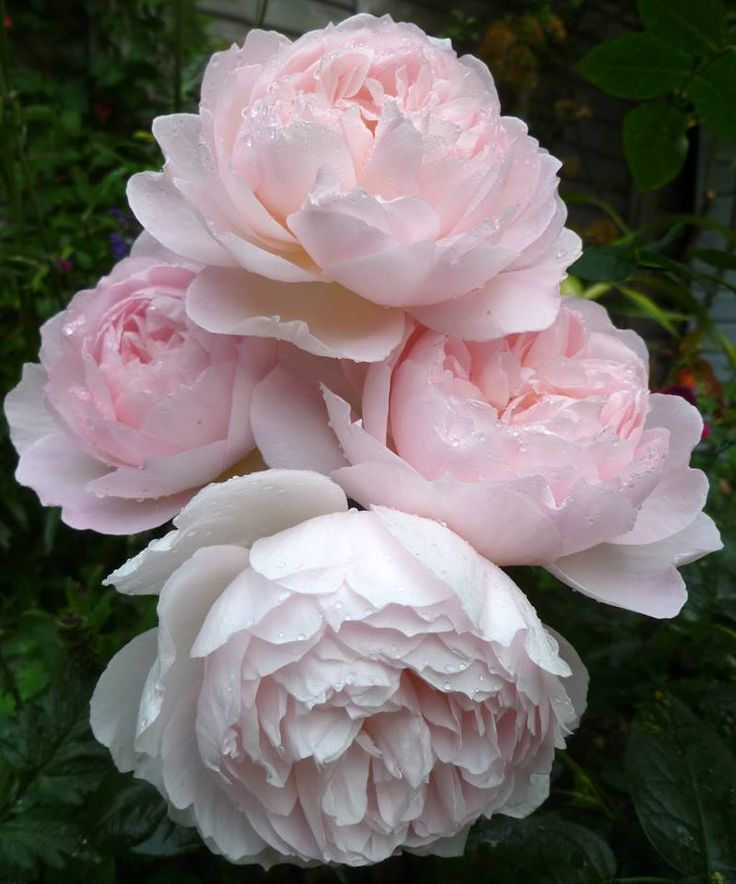
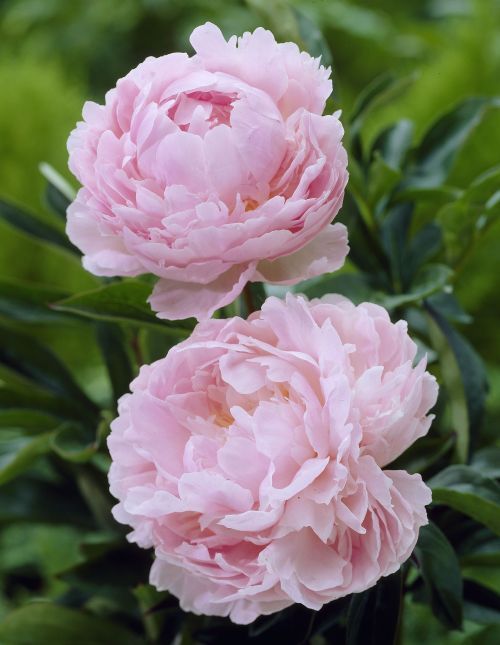
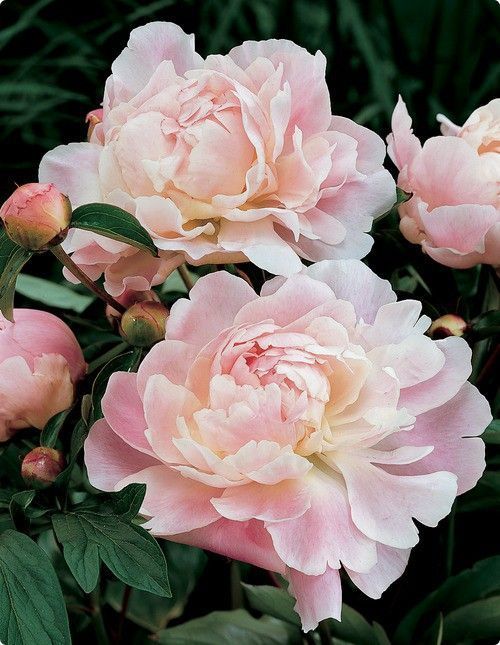
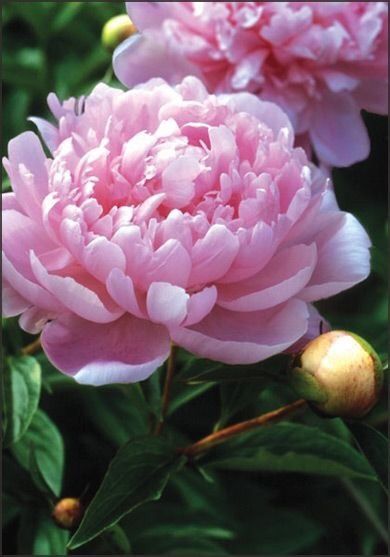
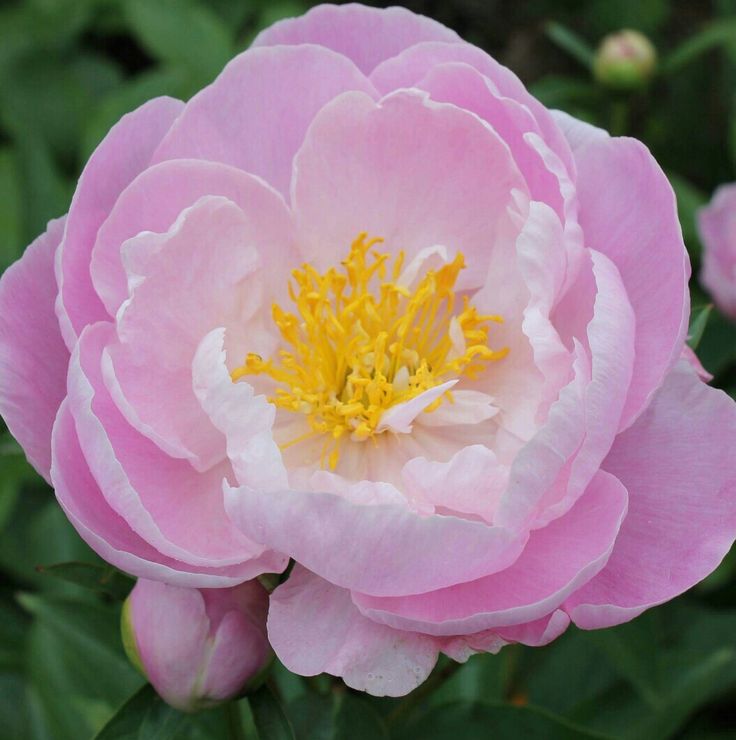
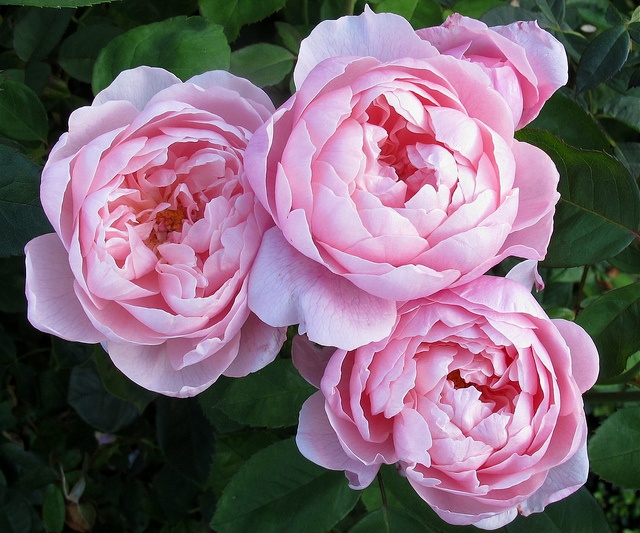
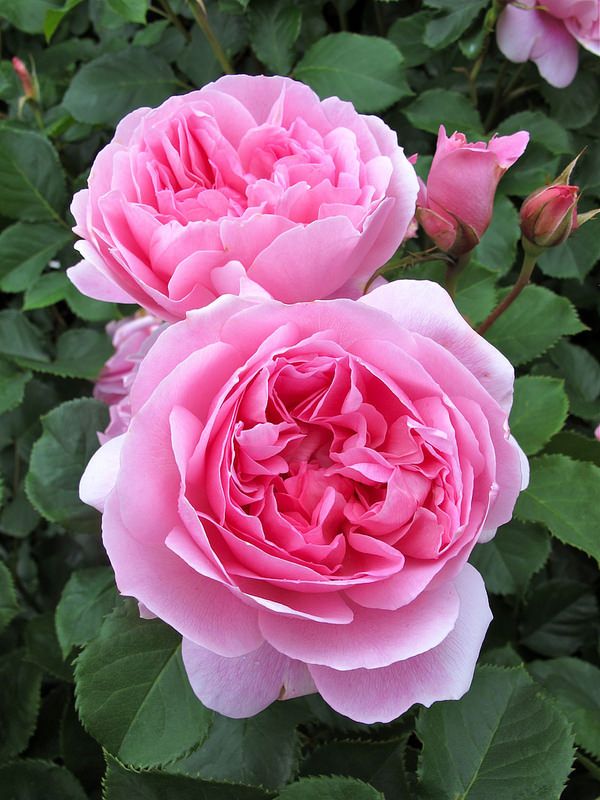

Understanding Rain Gardens
- Stormwater Management: Rain gardens are shallow depressions planted with native vegetation that capture and absorb rainwater runoff from roofs, driveways, and other impervious surfaces. By allowing rainwater to infiltrate into the ground, rain gardens help reduce flooding, erosion, and pollution of waterways.
- Ecological Benefits: In addition to their water management function, rain gardens provide valuable habitat for native plants, birds, butterflies, and other wildlife. The diverse array of plants in rain gardens supports biodiversity and promotes ecosystem health by attracting pollinators, beneficial insects, and other native species.
Incorporating Flowers into Rain Garden Designs
- Native Plantings: Choose native flowering plants that are adapted to your region’s climate, soil, and hydrological conditions. Native plants are well-suited to the wet and dry cycles of rain gardens and provide essential food and habitat for native wildlife.
- Bloom Diversity: Select a variety of flowering plants with different bloom times, colors, and heights to create a visually appealing and seasonally dynamic garden. Include early-blooming spring ephemerals, mid-season perennials, and late-blooming fall wildflowers to provide continuous color and interest throughout the year.
- Water-Tolerant Species: Choose flowering plants that are tolerant of both wet and dry conditions to thrive in the fluctuating water levels of rain gardens. Water-tolerant species such as swamp milkweed, cardinal flower, and blue flag iris can withstand periodic inundation and drought, making them ideal choices for rain garden plantings.
Design Considerations
- Site Selection: Locate your rain garden in a low-lying area of your landscape where water naturally collects during rainfall events. Ensure that the site receives adequate sunlight for plant growth and is at least 10 feet away from building foundations to prevent water infiltration into basements or crawl spaces.
- Slope and Grading: Consider the slope and grading of your rain garden to facilitate proper drainage and water infiltration. Create gentle berms or swales around the perimeter of the garden to direct water flow into the center, where it can be absorbed by the soil and taken up by plants.
Care and Maintenance
- Mulching: Apply a layer of organic mulch such as shredded bark or wood chips to the surface of the rain garden to conserve soil moisture, suppress weeds, and enhance soil fertility. Mulching also helps prevent erosion and runoff during heavy rain events.
- Watering: While rain gardens are designed to capture and absorb rainwater naturally, newly planted flowers may require supplemental watering during dry periods to establish root systems. Water deeply and infrequently to encourage deep root growth and drought tolerance.
Conclusion
Incorporating flowers into rain garden designs not only enhances their visual appeal but also contributes to their ecological function and resilience. By selecting native flowering plants, diversifying bloom times and species, and carefully planning the layout and maintenance of your rain garden, you can create a beautiful and biodiverse landscape that effectively manages stormwater runoff while providing essential habitat for native wildlife. Embrace the marriage of floral elegance and water wisdom in your rain garden design, and let your garden bloom with color, life, and ecological vitality. With flowers as your allies, your rain garden will become a sanctuary of beauty and biodiversity for years to come.